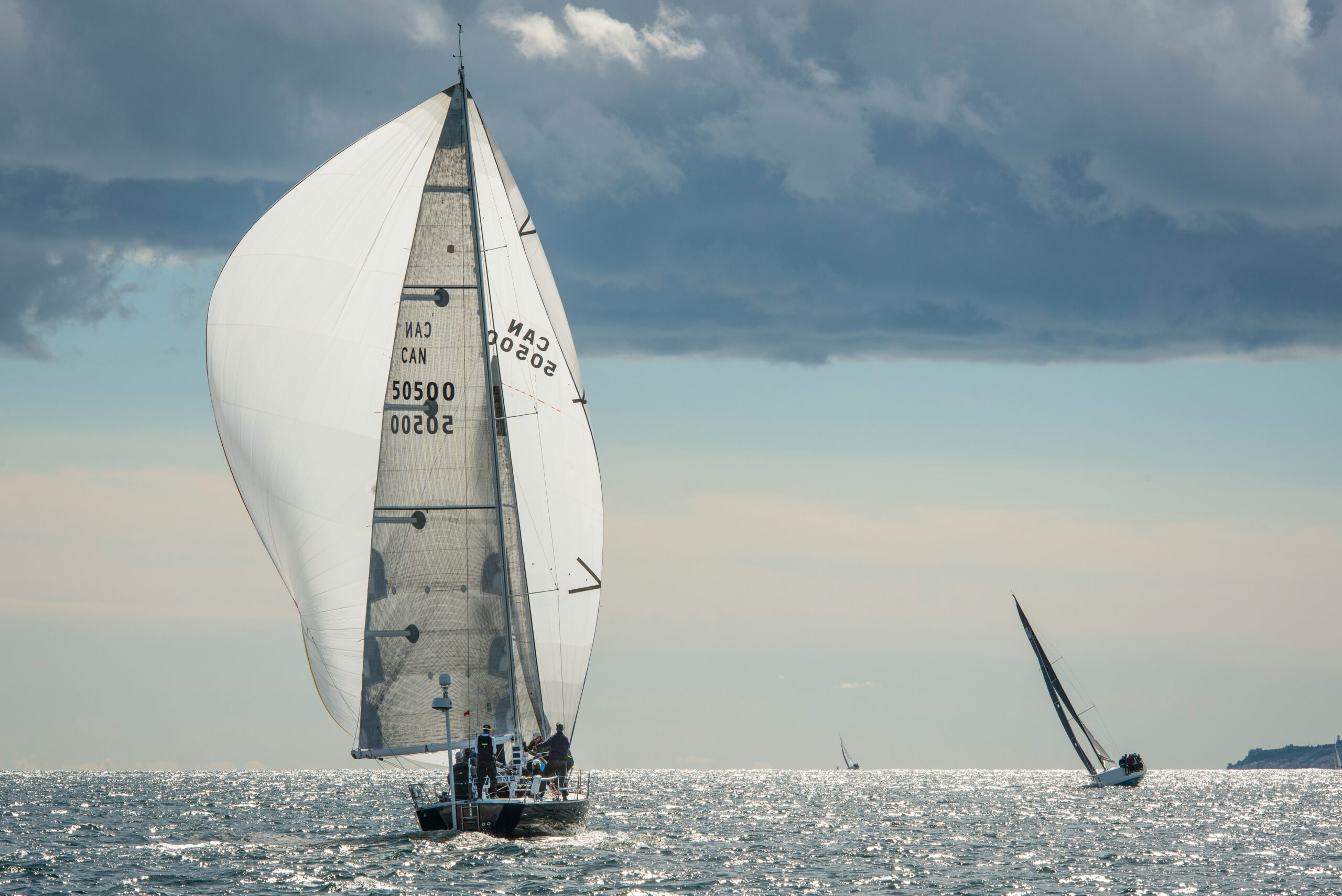
Yacht racing is more than just a contest on the open sea; it’s a thrilling test of strategy, skill, and teamwork. Every gust of wind and shift in the tide can change the outcome, and every decision must be made with precision and confidence. Whether it’s a short inshore sprint or a grueling offshore challenge, yacht racing blends adventure and intellect like no other sport.
Let’s explore the excitement, the tactics, and the incredible stories that make yacht racing a passion for sailors around the world.
The Allure of the Open Sea
There’s something magical about setting sail with nothing but the horizon ahead. When the starting horn sounds, tension fills the air. Crews move quickly, adjusting sails and positioning the yacht for the perfect launch. The energy is electric. Competitors must read the wind, anticipate shifts, and make rapid adjustments to stay ahead.
Yacht racing isn’t just about speed—it’s about mastering control. Racers must balance instinct with knowledge, making strategic moves that align with unpredictable forces of nature. It’s this blend of human skill and natural power that makes each race unique and unforgettable.
How Yacht Racing Works
To understand the sport, it helps to know the two main types of yacht races: inshore and offshore.
Inshore races take place close to land. They focus on short, technical courses where quick maneuvers and timing are everything. These races are fast-paced, demanding sharp reflexes and precise teamwork.
Offshore races, on the other hand, stretch across long distances and can last for days or even weeks. Sailors face changing weather conditions, shifting currents, and the challenge of navigating through the night. Endurance and mental toughness become just as important as sailing skills.
Both types of races test a sailor’s ability to adapt, think ahead, and stay calm under pressure.
The Art of Race Strategy
Winning a yacht race starts long before the boat leaves the dock. Successful teams spend days, sometimes weeks, analyzing wind forecasts, tide charts, and potential routes. They plan how to handle every possible condition—whether it’s a sudden squall or a lull in the wind.
During the race, strategy becomes a dynamic puzzle. The best route might not be the shortest one; sometimes, catching a stronger breeze miles away can save precious minutes. Sail trimming, or adjusting the sails to capture maximum wind power, happens constantly. Even small tweaks can mean big gains in speed.
Great teams stay alert and flexible, reading the wind and adjusting tactics on the fly. The ocean rarely sticks to the plan, so the ability to adapt is key.
The Strength of Teamwork
Teamwork drives every successful yacht to victory. Each member of the crew has a specialized role, from handling the sails to steering the helm. Communication must be fast and clear, especially when the wind picks up or conditions turn rough.
Racers rely on trust and rhythm. Many crews develop their own wordless communication—a simple nod or hand signal can be enough to coordinate a complex maneuver. When everyone moves in sync, the yacht becomes an extension of the team itself, gliding through the waves as one unified force.
This level of harmony doesn’t happen overnight. It comes from long hours of training, shared challenges, and a deep respect for both the sea and each other.
Legendary Stories from the Sea
Yacht racing has a rich history filled with dramatic victories and tales of courage. One of the most famous is the 1983 America’s Cup, where Australia II stunned the world by defeating the United States, ending a 132-year winning streak. Their revolutionary winged keel design changed yacht racing forever and proved that innovation could rewrite history.
Another legendary event is the Sydney to Hobart Yacht Race, known for its unpredictable and often dangerous conditions. In 1998, a massive storm hit the fleet, testing every sailor’s strength and determination. Though some boats were lost, the bravery of the crews and rescuers showed the unbreakable spirit of the sailing community.
These stories remind us that yacht racing isn’t only about winning—it’s about resilience, teamwork, and respect for the sea.
Technology Meets Tradition
Modern yacht racing combines ancient seafaring traditions with cutting-edge technology. Today’s racing yachts are built from lightweight carbon fiber, allowing them to slice through the water at incredible speeds. Advanced sensors and onboard computers provide real-time data about wind shifts and sail performance.
Yet, even with all this innovation, success still depends on human instinct. A skilled sailor knows when to trust the instruments and when to trust their gut. That balance between technology and intuition keeps the sport grounded in its timeless roots.
What Makes Yacht Racing So Thrilling
At its core, yacht racing is about harmony—between people, nature, and machine. The ocean demands respect, and the wind offers both opportunity and challenge. When a yacht cuts through the waves at full speed, powered only by nature and teamwork, there’s a feeling of pure exhilaration that’s hard to match.
Each race tells its own story, one shaped by weather, courage, and the choices made on deck. Whether you’re a seasoned sailor or a newcomer watching from shore, the thrill of yacht racing captures something universal—the desire to push limits and embrace adventure.